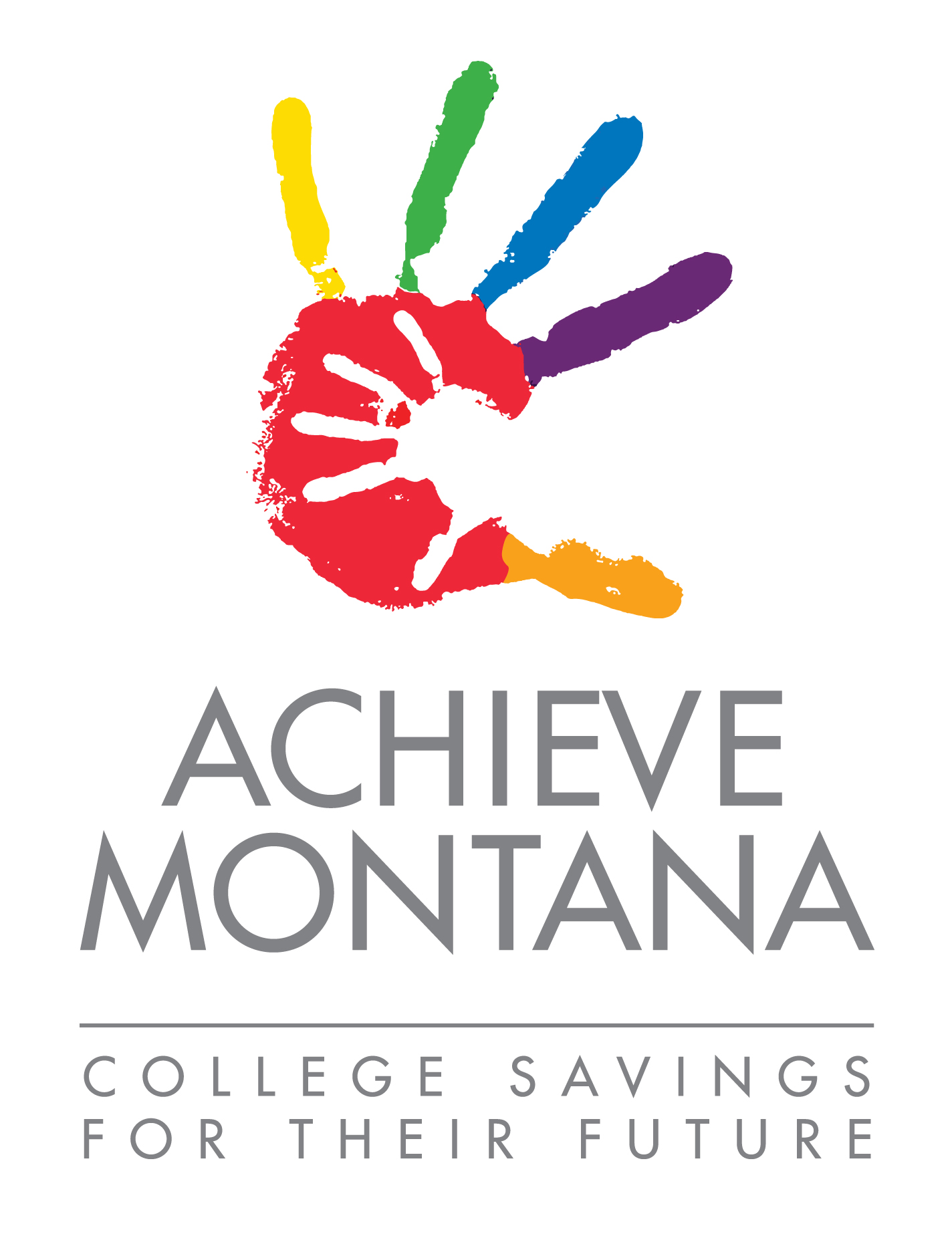
Myth: Opening a 529 savings account is an overwhelming commitment.
Truth: While the results of opening a 529 savings plan account are big, your regular contributions don’t have to be! Actually, small long-term contributions can often lead to a better investment on your return. With Achieve Montana, in just 10 minutes, you can open an account, name a beneficiary, and start saving today for as little as $25.
Myth: I have plenty of time to save for college.
Truth: When you’re going through 12 diapers a day (we’ve been there), it can be hard to think about any kind of additional expenses. Much less those that seem an eternity away! But, like with anything, time flies – and the sooner you start saving, the more prepared you’ll be for their future dreams and goals. Did you know a child with a school savings up to $499 is three times more likely to enroll in college than a child with no savings? Learn more about the benefits of saving early.
Myth: A recipient must attend college in the same state that their 529 plan is in.
Truth: Regardless of what state your 529 plan is associated with, funds in a 529 savings account can be used toward the costs of nearly any eligible public or private, 2-year or 4-year college nationwide. In fact, many U.S. colleges and universities now even have campuses or locations outside of the country where money from your account can be used.
Myth: 529 plans are only beneficial if my child wants to attend a four-year college.
Truth: While a traditional college education has been the spotlight of 529 savings plans for years, it’s only one of the many ways funds can be used. In addition to two and four-year colleges, funds in an Achieve Montana account can be used for K-12 education, trade schools, apprenticeships, technical training, and even other qualified education expenses like textbooks, room & board, supplies, and additional fees. We encourage our children to create their own path forward, and 529 savings plans account for just that! Learn more.
Myth: A 529 savings plan will hurt my child’s ability to receive financial aid.
Truth: Will 529 savings be taken into consideration when reviewing financial aid applications? Yes. Will they have a huge effect on your child’s financial aid package? No. If your student is a dependent, the funds in a 529 account are considered the parent’s asset, not the student’s. As a result, when determining one’s “Expected Family Contribution,” funds in a 529 savings plan account will generally be counted at a rate only up to 5.64% of its value – making a minimal difference in financial aid eligibility.
Myth: Money in a 529 savings plan account is use it or lose it!
Truth: Long story, short – your money is your money. If your beneficiary decides not to pursue a post-secondary education, not all is lost. As the account owner, you have the option to change the beneficiary of your account to an eligible member of the family (including yourself), use the account to pay the beneficiary’s or a siblings student loans, withdraw the money for other uses, or beginning in 2024, rollover assets to the beneficiary’s Roth IRA. While withdrawals used for unqualified education expenses are subject to tax penalties, federal 10% penalty and income tax only applies to the earnings portion of the distribution.*
Ready to get started? Learn more about Achieve Montana’s flexible features, tax benefits, and investment options at achievemontana.com.
* Earnings on non-qualified withdrawals are subject to federal income tax and may be subject to a 10% federal penalty tax, as well as state and local income taxes. The availability of tax or other benefits are contingent on meeting other requirements. See the Program Description for more details on qualified expenses.
Disclaimer:
For more information about Achieve Montana, download an Enrollment Kit at achievemontana.com or call 877.486.9271. The Enrollment Kit includes a Program Description that discusses investment objectives, risks, charges, expenses, and other important information; read and consider it carefully before investing.
If you are not a Montana taxpayer, consider before investing whether your or the beneficiary’s home state offers any state tax or other benefits such as financial aid, scholarship funds, and protection from creditors that are only available for investments in that state’s qualified tuition program.
Achieve Montana is sponsored by the State of Montana and administered by the Montana Board of Regents of Higher Education, as sole trustee of the Montana Family Education Savings Trust. Ascensus College Savings Recordkeeping Services, LLC provides program management, recordkeeping and administrative support services for Achieve Montana. Blackrock Fund Advisors, Dimensional Fund Advisors LP, Charles Schwab Investment Management, Inc., New York Life Insurance Company and the Vanguard Group, Inc. each provide investment management services for the underlying investments comprising Achieve Montana’s portfolios.
Except to the extent of the New York Life Insurance Company guarantee that is available for the Capital Preservation Portfolio and certain of the Year of Enrollment Portfolios, investment returns are not guaranteed, and you could lose money by investing in Achieve Montana.
© 2023 Achieve Montana. All rights reserved.




